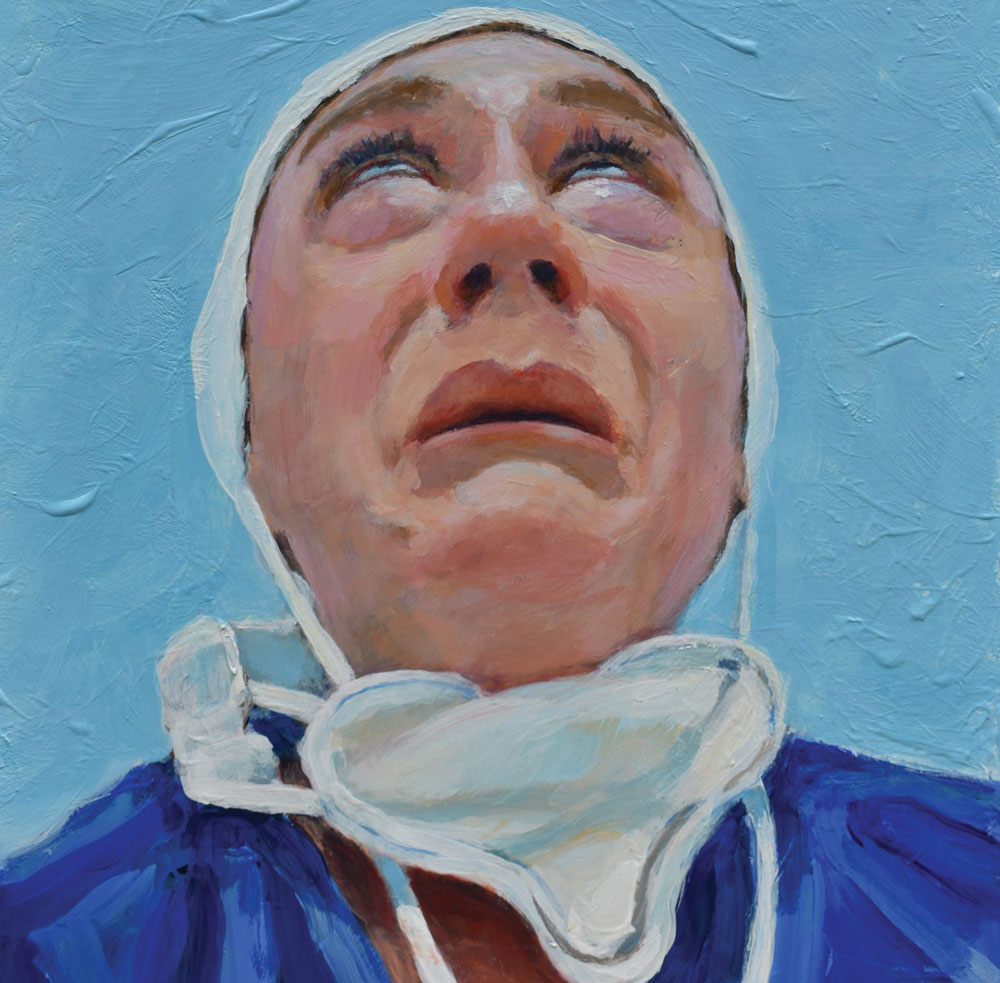December 14, 2011; Source: New York Times | Esther Lustig was making $19,000 a year in 2003 as an assistant director at a small nonprofit in Brooklyn—a far cry from the $400,000 she currently brings home as director of the same agency. The reason? Her organization is one of a number of providers providing home health care to people with developmental disabilities under the Community Habilitation program, the profit margin of which, as reported here by the New York Times, can be fairly phenomenal and well outside the norm for a nonprofit. As the Times explains, the state reimbursement rates per hour can be as high as $67, while the health care workers providing the in-home services are typically paid $10–$15/hour. According to the Times, “the money has propped up failing nonprofit providers and built juggernauts out of modest ones.” In the past three years, the programs costs, which are funded by Medicaid, have increased by 40 percent.
Part of the problem seems to lie in the fact that there are no regulations laying out how much workers are to be paid—nor is there any independent assessment of how many hours of service a particular client needs.
Sign up for our free newsletters
Subscribe to NPQ's newsletters to have our top stories delivered directly to your inbox.
By signing up, you agree to our privacy policy and terms of use, and to receive messages from NPQ and our partners.
“They basically try and line their pockets by billing as much as possible—the more people and the more services, the more they line their pockets,” says Courtney Burke, commissioner of the State Office for People With Developmental Disabilities, adding that she aims to change “the incentives in the system, to be focused on not quantity, but quality.”
Lynne Brush, a chairwoman of a nonprofit provider in Kingston, N.Y., said she was conscience-stricken about the fact that her organization was able to collect so much more than it paid its workers. “I lost sleep over the fact that we were making money hand over fist,” Ms. Brush said. “I don’t like a system that makes money off poor people.”—Ruth McCambridge













